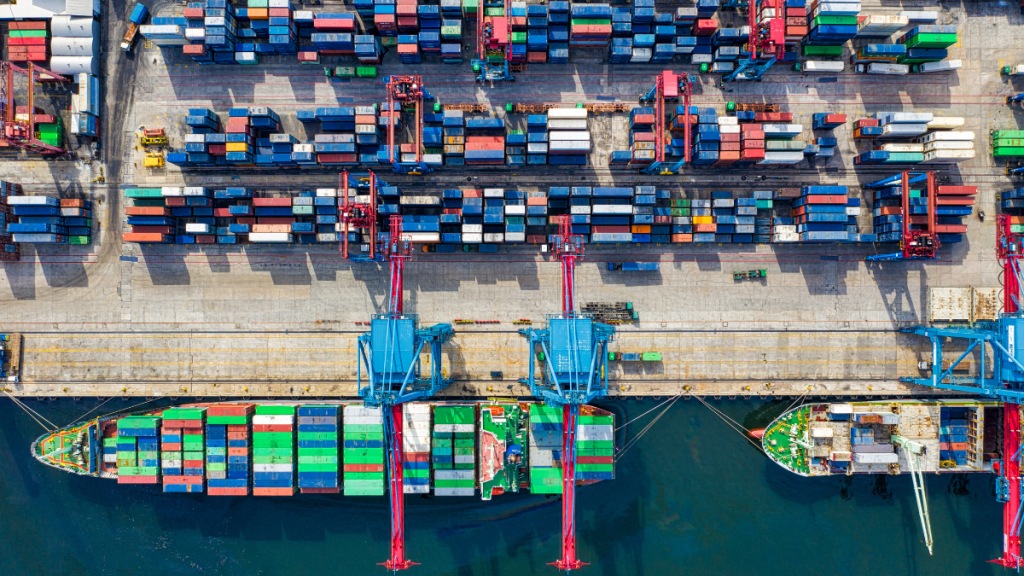By Aditya Sinha & Vijayasree Radhakrishnan, the writers are public policy professionals
One of the most insidious dangers in modern trade negotiations is the template trap, where concessions granted in one agreement become the framework for all future deals. What starts as one-off flexibility quickly ossifies into precedent, lowering the ceiling for ambition and raising the minimum ask for every negotiating partner. Regulatory leniencies, tariff waivers, or data flow exemptions that were context-specific get copied and pasted into new talks — not because they make economic sense, but because they have become the “norm”.
Over time, this traps countries in a race to the bottom, shrinking policy space and locking in asymmetries under the guise of consistency. India must resist this drift. Our exiting and recently announced free trade agreements (FTAs) must not become a prototype for future negotiations with other geographies.
The recently concluded India-UK FTA is being hailed as a landmark deal. Rightly so. It promises increased trade volumes, improved market access, and a symbolic strengthening of ties with a G7 economy. But if we treat this agreement as a standard model to replicate, especially in negotiations with the European Union (EU), European Free Trade Association, or the US, we risk freezing our trade strategy into a one-size-fits-all mould. This would ignore the diversity of institutional capacities across sectors and the need for differentiated liberalisation paths. A static template approach undermines the dynamic, context-sensitive evolution that a maturing economy like India requires.
Friedrich Hayek famously warned against the illusion of omniscience in economic planning. No central authority, however well-intentioned, can foresee all the ways in which economic systems will respond to externally imposed uniformity. This principle holds as true in trade policymaking as it does in domestic regulation. Trade agreements that pre-emptively align India’s regulatory and market frameworks with external standards may close off the possibility of discovery, learning, and institutional experimentation. In other words, they risk short-circuiting the iterative processes that generate robust, locally grounded development paths.
This calls for a theoretical orientation that we might term strategic sequencing for trade flexibility. At its core, this framework affirms the value of openness, but resists premature convergence. It argues that liberalisation should follow, not precede, institutional maturity and sectoral preparedness. The goal is not to avoid trade integration, but to choreograph it in ways that leave room for feedback loops, domestic capacity-building, and policy refinement. Strategic openness, then, is not a matter of ideological commitment to free trade. It is rather a design principle rooted in realism.
This is important because modern FTAs go well beyond tariffs and quotas. They now span digital trade, data protection, intellectual property, environmental standards, and investor protections. These are high-stakes areas where the wrong commitments can have long-term institutional consequences.
Take data governance. India is still shaping its framework for data protection and localisation. If FTAs start embedding provisions that mandate free cross-border data flows or mirror EU/UK standards without room for tailoring, India could lose control over how it governs its own digital economy.
Or, consider investor-state dispute settlement clauses. These allow foreign investors to sue governments for regulatory changes that affect their profits. Used improperly, they can create a chilling effect on public interest legislation, from health and safety to environmental norms. Once embedded in one FTA, they become harder to exclude from others. India must approach these areas not with reflexive suspicion, but institutional clarity. The goal is not to reject commitments, but to ensure they support domestic regulatory frameworks.
Trade policy must reflect the particularities of each country’s legal tradition, institutional maturity, and economic objectives. India’s regulatory system is still evolving in key sectors including digital services, public procurement, carbon accounting, and financial inclusion. Premature harmonisation with external standards, however well-meaning, can stifle innovation and constrain reform options.
Thus, it’s important that each FTA retains enough “policy space” for India to regulate in the public interest. This includes carve-outs for areas like food security, health, and digital infrastructure. What works for London may not work for Lucknow, and agreements should recognise that.
Further, trade should not be reduced to market access or tariff reduction. It should be a tool for building long-term economic resilience. India’s trade deals must facilitate technology transfers, enable investment partnerships, and support domestic efforts to scale up strategic industries.
That means avoiding rules that box India into low-value segments of the global value chain or prevent it from pursuing a green industrial policy. The EU’s proposed Carbon Border Adjustment Mechanism, for instance, will hurt Indian exports unless carefully negotiated. Future FTAs must account for these evolving regulatory frontiers.
Moreover, it’s easy to assume that FTAs are reciprocal. But large economies with mature legal systems, deep capital markets, and technical compliance capacity often benefit more, and faster. The symmetry on paper hides a real asymmetry in outcomes. India must therefore insist on staggered implementation timelines, mid-term review mechanisms, and sunset clauses that allow it to adjust commitments as conditions evolve.
A good trade deal is like a well-tailored suit — it should fit the wearer, not the mannequin. India can’t afford to walk into every negotiation draped in the same off-the-rack FTA, hoping it won’t trip on the hems. Each partner, each sector, each moment calls for a bespoke stitch. Otherwise, we will end up like the one person at the wedding who wore the same outfit to every event — noticed, but not in a good way.


